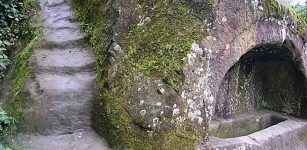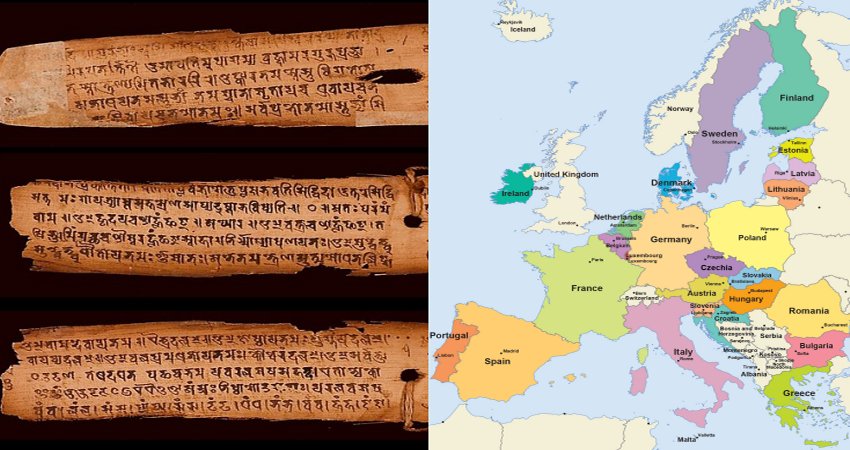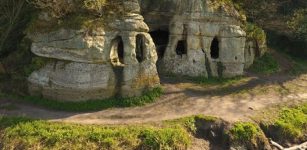Hyperborea Or Atlantis Ruins – Underground Secrets Of The Sacred Lake On The Arctic Circle
MessageToEagle.com – Some researchers believe that the ruins of an ancient observatory and mysterious rock inscriptions in Russia’s Northwest are vestiges of the ancient Hyperborea civilization, a sacred land similar to Shambhala or Atlantis.
Lake Seydozero – “the sacred lake” in the language of the indigenous Sami people – is one of the most mystical places in Russia’s Northwest and the Kola Peninsula.
It is protected by Kuiva the Giant, “old man, giant, wizard” – a gigantic figure impressed on a rock. The figure is visible as a 100-meter silhouette on the cliff of the mountain Kuivchorr.
There is a legend that a long time ago giant Kuiva attacked the local Sami. The Sami bravely fought with a wicked sorcerer, but could not defeat him. So they appealed for help to their gods.
The latter just glanced at Kuiva’s outrages and threw a ray of lightening towards him furiously. The sorcerer was incinerated.
The imprint of his body remaines on the rock Angvundaschorr, the highest peak of the Lovozerskaya tundra (curiously, the rock is blown away and crumbles but the imprint of the giant does not destroy).
Its origins are still unknown. Sami legends say that the Gods punished the mean giant by striking him with lightning and turning him into a rock.
Is it here was Hyperborea, the mythological civilization similar to Shambhala and Atlantis and mentioned in Ancient Greek texts, left its trace.
Do unusually shaped stones around Lake Seydozero look like ruins of ancient structures?
According to Ancient Greek legends, the land of the Hyperboreans, the people who had secret knowledge and were close to the gods, was often visited by Apollo himself, the personification of the Sun. Advocates of this theory are looking for proof in the similarity of the languages.
See also:
Arimaspians: Mysterious Mighty One-Eyed People From The North
Lady Of Atlantis – Controversial Artifact Of Which True Origin Remains Obscure
Bolivia And The Mystery Of The Twins Of Atlantis
Valentina Sharipova, director of Hyperborea, a Murmansk research organization, is one such researcher. She says that the roots of the name ‘Kola’ hark to the name of the Slavic sun god, Kolyada. And ‘Hyperborea,’ if translated from Ancient Greek, means “beyond the north wind.”
“Recently they found remains of an observatory: stones with hollows, which were directed at the polar star,” says Sharipova. “Many rocks have inscriptions or runes carved into them.”
There are other facts about the Kola Peninsula that are puzzling researchers. In the beginning of the 20th century scientist Alexander Barchenko found a mysterious underground entrance in the vicinity of Lake Seydozero. His findings were classified as confidential; no one saw the entrance to the cave and the researcher himself was shot, according to RBTH.
Today Barchenko’s research is being continued in Russia by the Cosmopoisk organization. The members of the expedition have also found several caves, but for now only ordinary ones.
“We will have an answer to this mystery only after we find all the caves,” says Vadim Chenobrov, the director of the organization and a researcher of unexplained phenomena. “I am prepared for anything that we find. With regard to ancient cities, I believe that if we do find some structures, they will be underground or underwater. I hope some of these legends will be true.”
Are we dealing with messages from the gods or the work of geologists?
“There was an interesting situation recently,” says Director of the Geological Institute of the Kola Scientific Center, Professor Yuri Voitekhovsky.
“Workers of the local mining and processing plant were testing a new drill from Finland. They bore a series of openings in the stones.”
Then the seekers of Hyperborea decided that the openings were some kind of ancient “hollow” letters, whose meaning is expressed by the depth of the hole. They were raving about it for several years until someone explained the real cause of the holes to the weirdoes. But in the end they did not learn anything.”
The regular-shaped stones and the drawings on the rocks are explained by the natural qualities of the rocks. In science the phenomenon is called “cleavage”: the rock splits into certain directions depending on how it was formed, according to Voitekhovsky,
This creates the plates and the cubes, which are considered “ancient observatories.” Furthermore, as a result of various influences, cracks are formed on the rocks; cracks that sometimes have an exotic form.
“Once I carried out a little experiment,” Voitekhovsky continues. “I went to the mountains and photographed a very complex web of cracks on a rock. In this pattern I found all the runes of the Scandinavian alphabet!”
MessageToEagle.com
Source: RBTH



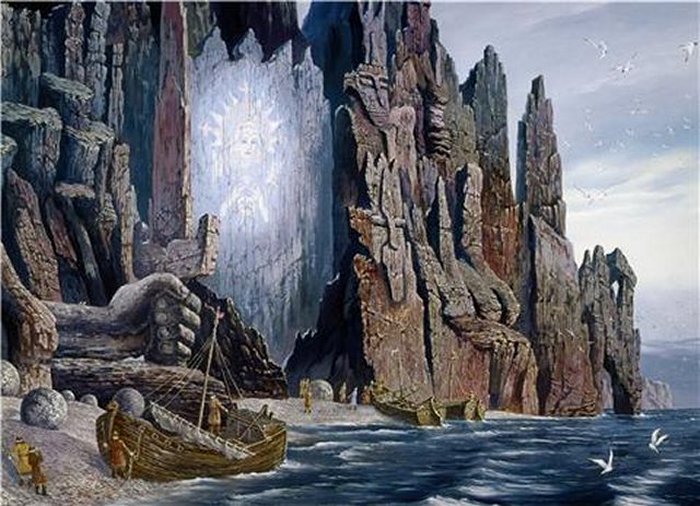
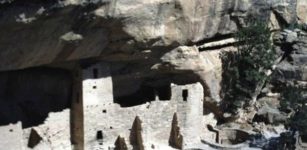
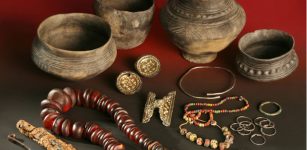
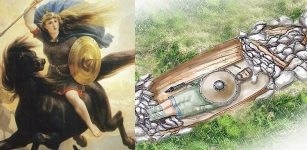
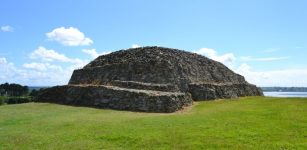
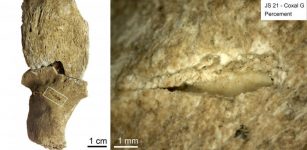
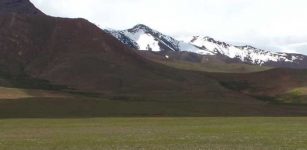
![The Second Triumvirate was legally established for reestablishing the public welfare] in 43 BC for five years; it was renewed in 37 BC The members were Octavian (Augustus), Marc Antony, and Marcus Aemilius Lepidus (d.13 BC).](https://www.messagetoeagle.com/wp-content/uploads/2016/02/Triumvirate12-307x150.jpg)
